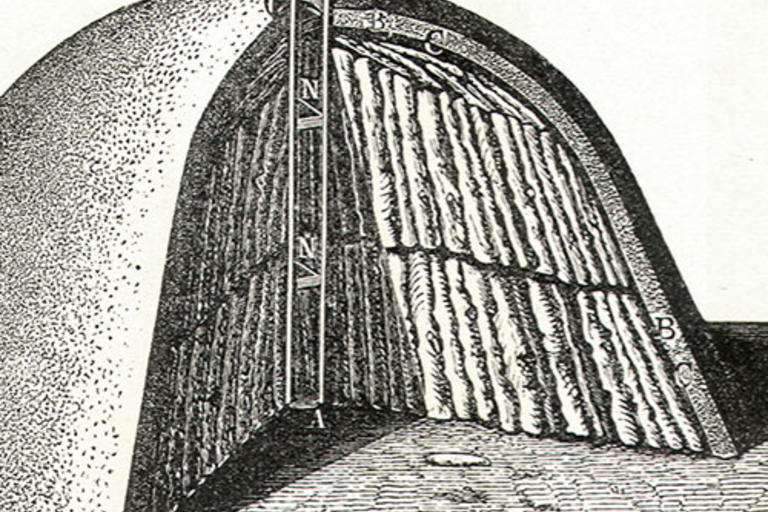
Introduction
The holm oaks were cut to encourage new growth. These new outbreaks (normally 2-3) from the same trunk were thinner, suitable for subsequent cooking in the kiln. The holm oak charcoal kiln was one of the more widespread previous uses of holm oaks in the country. Holm oaks, with dense wood, produce charcoal of high calorific value. It was carbonised to reduce the volume and weight, and thus be transported to the plain where the charcoal was used as fuel in the houses' economic kitchens. Around the 50s, with the introduction of gas kitchens, this use came to an end. You can see the charcoal kiln square (bottom of the pile) to the right of the path with lots of stones.